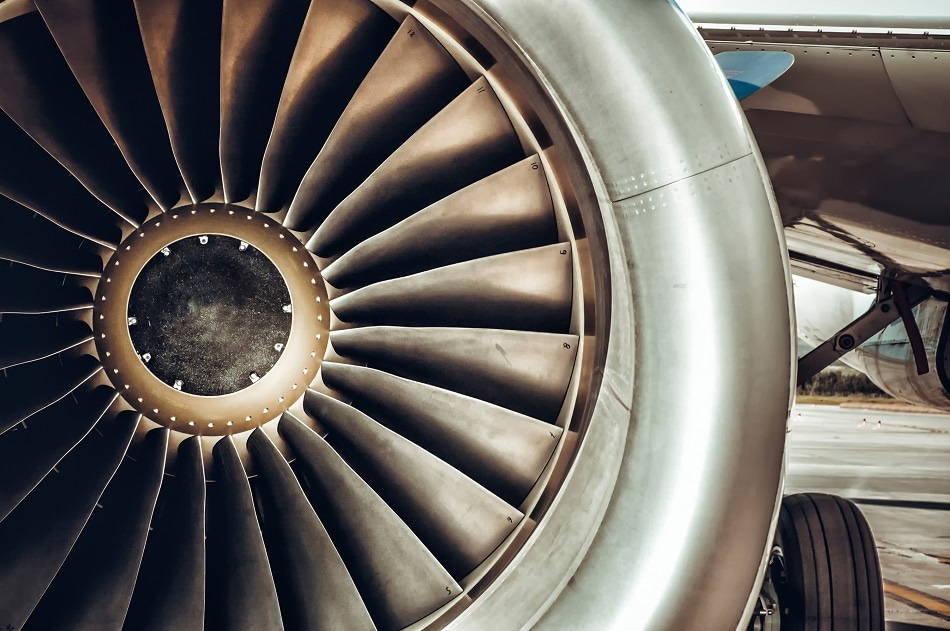Aug 9 2017
Honeywell announced a new line of self-diagnosing sensors built to enhance the performance of aircraft systems and decrease maintenance costs connected with false readings.
 kirill_makarov/Shutterstock.com
kirill_makarov/Shutterstock.com
Honeywell, a top provider of aerospace sensors, cockpit and cabin electronics, propulsion engines, wireless connectivity services and logistics for the aerospace industry, is launching Integral Health Monitoring (IHM) series proximity sensors that are capable of detecting when a sensor has been damaged or otherwise impacted. The patented proximity sensors can be engineered into a range of aircraft systems such as flight controls, thrust reverser actuation systems, cargo loading systems, evacuation slide locks, aircraft doors and landing gear.
"Aircraft operators who receive a sensor reading often cannot be sure if they have a system issue that needs to be addressed or if the sensor itself is malfunctioning," said Graham Robinson, president of Honeywell's Sensing and Internet of Things business, which produces over 50,000 sensing products for varieties of industries such as aerospace, medical, oil, and gas. "Leveraging Honeywell's technical expertise in the aerospace industry, we innovated a circuit that can detect whether a sensor reading is correct or the result of damage or some other problem with the sensor itself."
The proximity sensors are configurable, non-contact devices built to sense the presence or absence of a target in harsh-duty aircraft applications such as determining when a thrust reverser is not completely closed. The sensors can detect a number of internal failures and display a fault output to a pilot or maintenance worker so as to help decrease aircraft downtime and maintenance costs.
With our health monitoring capabilities, proximity sensors can notify engineers or operators of potential issues with a system before or after the component fails. The sensor fault-detection provides mechanics on the ground with the information they need to perform inspections and repairs without a long and costly troubleshooting process.
Graham Robinson, President, Honeywell's Sensing and Internet of Things business
For instance, proximity sensors in aircraft landing gear systems raise a fault alert on landing approach to warn the Pilot if the landing gear is not fully deployed. With Honeywell's health-monitoring feature, the IHM proximity sensors will be able to specify if the error message was caused by the sensor itself instead of an issue with the landing gear.
Honeywell also launched Linear Variable Differential Transformers (LVDT), which are employed in pilot controls, engine mechanisms and nose-wheel steering applications. They offer next-generation aircraft with uninterrupted position monitoring and are designed for use in extreme environments. The LVDT sensors are already being added into Honeywell-manufactured aircraft systems and can support other system and component Manufacturers.
For both the new sensors, Honeywell offers design engineering support and a standard design system in which the engineering work is carried out upfront to provide an off-the-shelf solution to accelerate customer design cycle times.
Honeywell sensors and switches have been used on business, commercial and military aircraft for over 30 years and can be found in a variety of applications such as fuel pumps, exit doors, cargo doors, engines, cabin controls, landing gear and auxiliary power units.